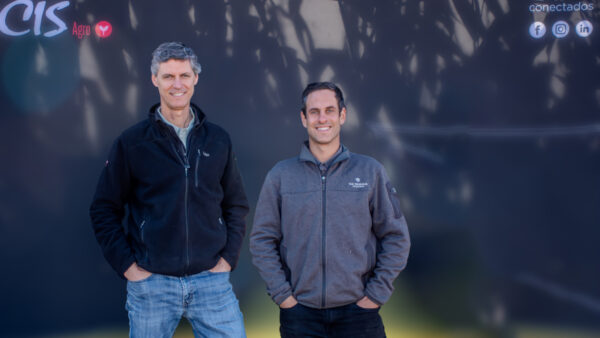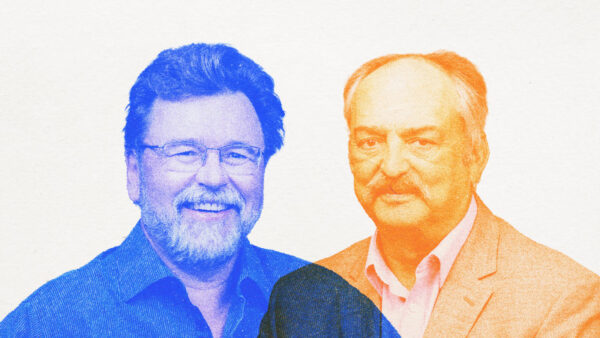Last week, Bayer’s Adrian Percy addressed the merger with Monsanto to a crowd of media and agribloggers during its annual #AgVocacy Forum that preceded Commodity Classic.
Percy who serves as global head of R&D for the Crop Science Division said the acquisition is going well and that the two companies continue to make progress, with the expectation that the deal will still close in early 2018.
“In the past few months we have obtained important regulatory approvals in a number of jurisdictions, perhaps most recently and most significantly is with Brazil,” Percy said, noting that this deal has a lot of scrutiny — as one of this size should.
But, he says if you look beyond all the administration, “this is a very, very exciting time, particularly for those of us working in the innovation space,” he said. “The approaches of Monsanto and Bayer and the capabilities that we have are very complementary.
“We are a strong player in the crop protection market, either through the use of chemistries or biologicals, with seeds in certain crops. Monsanto is very strong across a number of important crop types. Bringing together the scientists from both sides and creating what will be a real scientific powerhouse — an engine that will drive forward a lot of innovation in agriculture in the coming years — is really exciting.”
Rob Schrick, strategic business lead for Bayer’s broad acre crops, explained that when you bring the Monsanto and Bayer engines together, their ability to not only meet growers’ needs, but also to help them be more efficient in what they’re trying to accomplish, is going to be compounded dramatically.
“You must have scale to get a new product to market,” Schrick said. “It’s 10-12 years from the day a scientist thinks they’ve got a good product to when a grower might have access to it, with a patent life of 17 years. If you think about the risk our industry takes in making that type of investment, you have to have the scale to withstand that type of risk.”
Overall, Percy and Schrick believe the merger means more research and development and stronger research and development pipelines.










